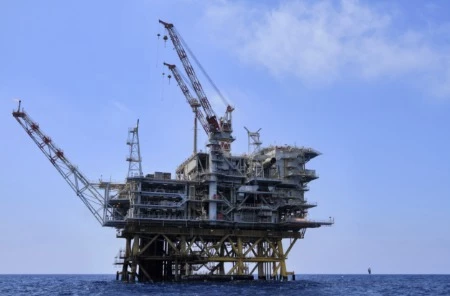Shale Oil and Gas – Offering a Bright Prospect of Profits for Oil and Gas Companies
Add bookmarkPreviously, shale, a fine-grained rock made of mud and minerals, never received much attention. In fact, other similar rocks, namely slate and schist, were given more attention in comparison. However, shale is now one of the most sought after resources all over the world.
Why Shale Oil and Gas are Popular
The discovery of shale as a source of energy has proven to be quite beneficial for oil and gas companies. According to a senior energy analyst at the Center for Global Energy Studies, leading countries reduced their dependency on imported oil from the Middle East, which is why the import rates have changed and global resources have been affected.
A second important reason behind choosing shale oil and gas is the fact that the costs required for extracting other forms of oil and gas. Today, because shale resources are growing in popularity, the technology excavating and processing them is becoming more economical, which is reducing the costs energy producing companies have to pay.
Other reasons which drive more companies towards investing in shale plays are the favorable legislation on excavation permits, isolated and uninhabited areas and the growth of small energy companies which are quite tech-savvy.
The Position of Shale Gas and Oil Today
According to the International Energy Agency (IEA), more gas and oil companies have started buying more shale gas plays, i.e. areas targeted for exploration because of results which claim their richness in shale. European oil and gas companies have spread their investments to existing plays all over.
After the discovery of more than 500 trillion cubic feet of gas in the Marcellus Formation near the village of Marcellus, New York, Chevron signed a $4.3 billion deal to buy Atlas Energy, one of the largest independent natural gas producers in the Appalachian basin and a main developer in the Marcellus shale position. Chevron was also able to take control of the Utica Play, which is a 500 square km area shared by the Canadian province of Quebec and the American State of New York. This shale is quite profitable since it is estimated to contain over 20 trillion cubic feet of natural gas.
The Norwegian company Statoil also claimed a share in the Marcellus play after joining forces with Chesapeake Energy. However, Statoil didn’t stop there. It also combined with Talisman Energy to form a joint venture in the Eagle Ford shale play, a 50,000-acre area of shale treasures that is attracting investors from all over the U.S. and abroad.
The Canadian Montney Play also had its share of European investors. The Montney formation is situated in British Columbia and Alberta and contains about 50 trillion cubic feet of natural gas. Royal Dutch Shell purchased Duvernay Oil Company in 2008 to gain control over their leased acreage in the area. However, to expand, Royal Dutch Shell also leased additional land and has a 20-year inventory of 3000 locations to develop.
However, Europe has started looking within the continent for its own shell plays. Austria, Sweden, the U.K. and Poland are planning to drill their lands to find shale plays. On the other hand, Germany is already planning on drilling 10 shale gas wells whereas Hungary has already drilled its wells in the Mako Trough. France is still to take a step towards shale gas and oil production since the final report as to whether or not to authorize drilling will be issued in June 2011.
There is no doubt that shale oil and gas will evolve from being the ‘next best thing’ to the main source of energy in tomorrow’s world. Till then, companies will still require conventional oil and gas sources for some time.
[eventpdf]
|
|
Have Your Say Rate this feature and give us your feedback in the comments section below |




















